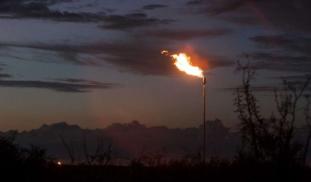Please wait...
About This Project
Oil and gas exploration in shale areas, known as fracking, has led to large increases in hydrocarbon air toxics emissions in typically rural landscapes with little to no air quality monitoring. We plan to work with outreach personnel from an environmental NGO to supply volunteers in selected areas with passive sampling cartridges to monitor weekly average exposure to selected hydrocarbon air toxics. Samples are analyzed using gas chromatography, and data is provided weekly and shared broadly.






